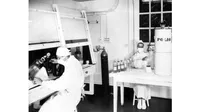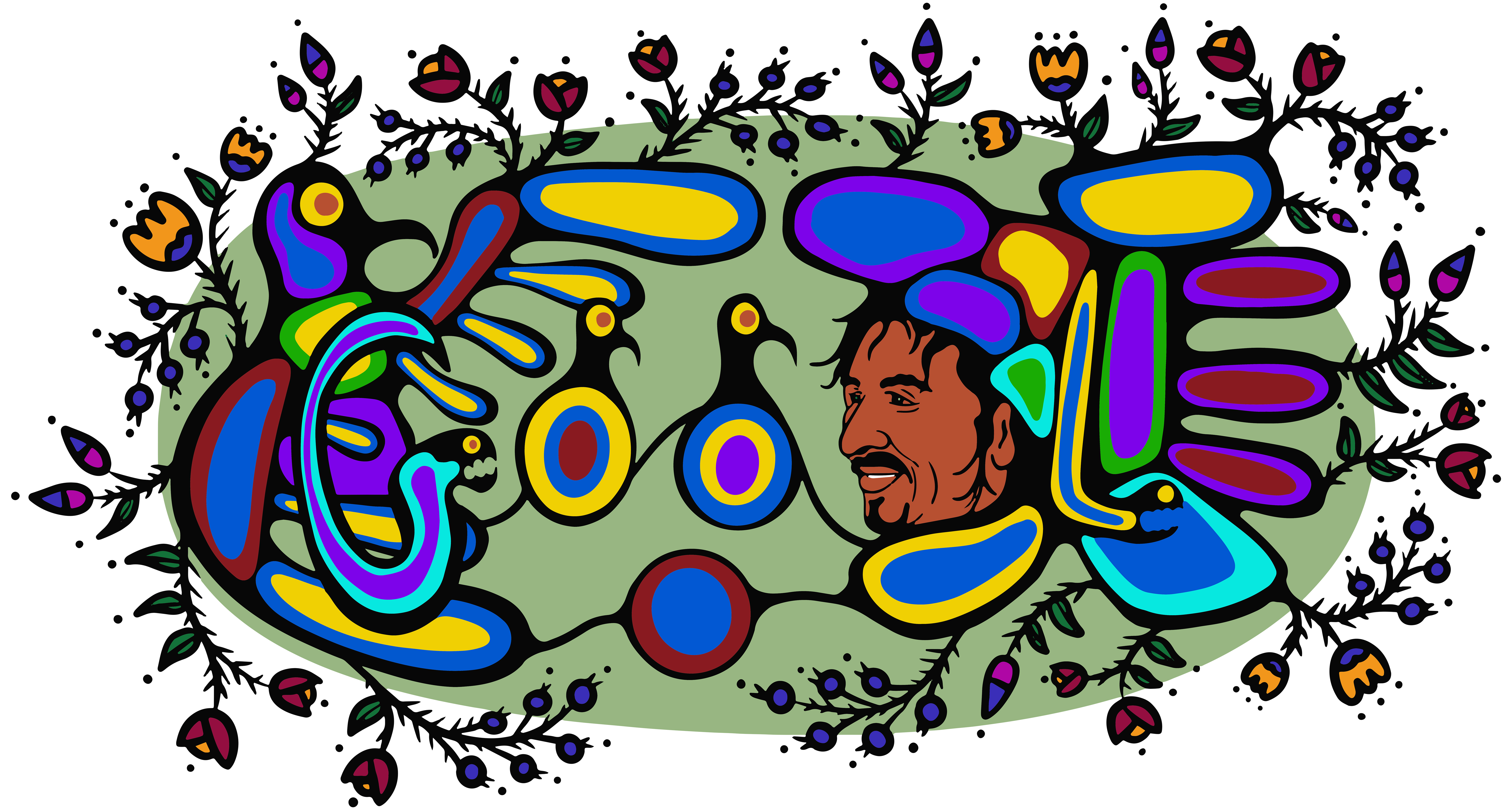A brief history of vaccination

For centuries, people have looked for ways to protect themselves against infectious diseases. From the practice of “variolation” in the 15th century to messenger RNA vaccines today, immunization has a long and important history. The World Health Organization (WHO) has played an integral role, helping to reduce serious illnesses and save lives through global vaccination efforts in the 20th and 21st centuries.
For World Immunization Week, WHO has teamed up with Google Arts & Culture and cultural and scientific institutions around the world to bring this history to life through the virtual installment, A brief history of vaccination.
In Canada, Google partnered with Ingenium, Canada's Museums of Science and Innovation, to curate Canadian specific stories on the digital exhibit. Following the launch of the platform, Google has published several projects, including Vaccines made in Canada part 1, Vaccines made in Canada part 2 and A day in the life of a vaccine. The projects highlight how Canada has contributed to global vaccination efforts against diseases like diphtheria, smallpox, Spanish Flu and Polio.
From insufflation to vaccination
Vaccine discoveries really started to make an impact in the 20th century. During that time, smallpox was eradicated globally and vaccines for polio, measles, influenza, hepatitis B and many other diseases were developed. WHO was also officially established, along with its “Expanded Programme on Immunization,” which ensures that children around the world have access to life-saving vaccines. A brief history of vaccination shows these great advances through photos, archival footage and historic scientific documents shared by WHO and global cultural institutions.
Through detailed stories from medical archives, you’ll discover how we arrived at today’s life-saving jabs. You’ll meet famous pioneers like Edward Jenner and Louis Pasteur, and learn about some of the earliest vaccine practices. In 15th-century China, for instance, people practiced “insufflation” — which involved blowing dried smallpox scabs into the nostril with a pipe. You’ll also discover the lesser-known stories of Lady Mary Wortley Montagu, who introduced variolation (in the form of inoculation) in Europe in 1721, and the Grand Duke of Tuscany, who experimented with inoculation in the 18th century.
Unfinished history
Of course, the battle against infectious diseases continues. During the COVID-19 pandemic, new stories of ingenuity and resilience against the odds have emerged. The collection features the heroism of Spanish and British healthcare workers during COVID-19, and Ganesh Bhatt who became a one-man ambulance service in the remote mountain villages of northern India.
As communities around the world have attempted to contain the pandemic, it’s become even clearer that education is key to any successful vaccination program. With this in mind, parents and teachers can download Google Arts & Culture’s lesson plan with helpful information about the history of vaccination.
Through A brief history of vaccination, we learn, above everything, that our fight against infectious diseases has united people across continents and cultures. As Louis Pasteur observed, “Science knows no country, because knowledge belongs to humanity, and is the torch which illuminates the world.”

